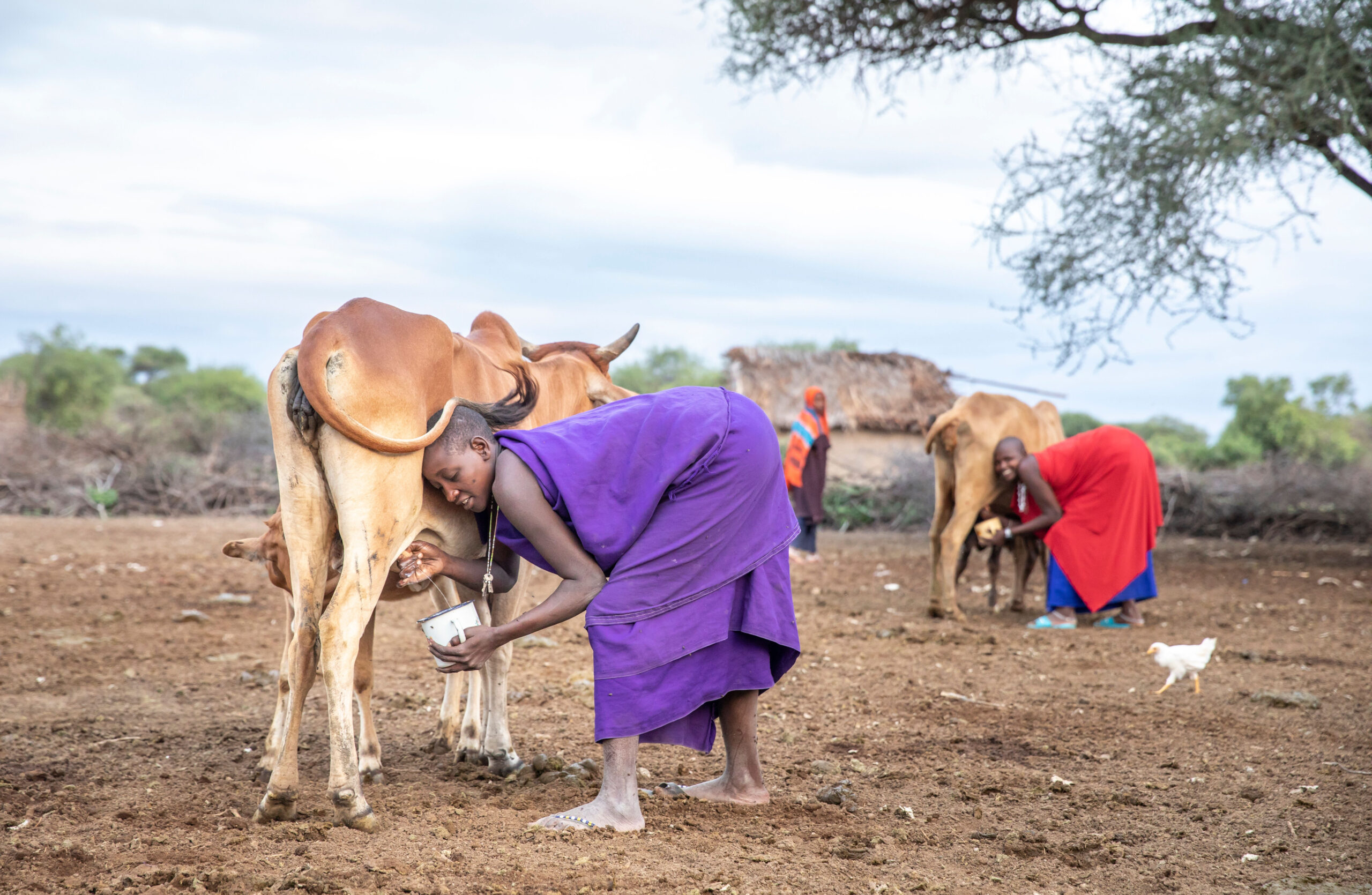 Malawi’s average per capita consumption of milk is 7.9 kilos per person per year, one of the lowest in the world. Consumption in neighboring Tanzania is 40.3 kilos per person, and consumption in Kenya, the East African leader, is 94.9 kilos per person (FAOSTAT, 2013). However, consumption has steadily increased from 3.5 kilos per person in 2007, as such the demand for milk, butter, cheese, yogurt, and ice cream will continue to rise as Malawi’s economy grows and the population becomes more urban.
Malawi’s average per capita consumption of milk is 7.9 kilos per person per year, one of the lowest in the world. Consumption in neighboring Tanzania is 40.3 kilos per person, and consumption in Kenya, the East African leader, is 94.9 kilos per person (FAOSTAT, 2013). However, consumption has steadily increased from 3.5 kilos per person in 2007, as such the demand for milk, butter, cheese, yogurt, and ice cream will continue to rise as Malawi’s economy grows and the population becomes more urban.
Small farmers can keep dairy cows at low cost because they can be fed grasses, peanut husks, maize bran, and other vegetation. Also, milk production, with twice-daily milking, is labor-intensive and it suits densely settled rural areas in which labor is abundant compared to land. In addition, farmers sell their milk to local buyers as well as milk processors, they consume some of their production, and this improves rural nutrition as well as the family’s income.
Malawi is divided into three regions, Northern, Central, and Southern, and each region has it highlands and lowlands. There are 11,000 dairy farmers in the Southern Region, 7,000 in the Central Region, and 2,000 in the Northern Region.
SID’s project is located in the Central Region where dairy farmers have the best opportunity to graduate from poverty. They have more land for producing fodder than dairy farmers in the Southern Region. They are also close to the large milk processors and the major market of the city of Lilongwe, the nation’s capital. Bunda College, the livestock school of the University of Malawi, is located in Lilongwe, and they are developing the best methods for improving the breeding and feeding of dairy cows. There are milk-collection stations throughout the region, and nearly all of the dairy farmers are located in the highlands section of the region.
The aim of SID’s project is to graduate poor dairy farmers from poverty. But the project will make a contribution to increasing nutrition as well.
Malawi Project Description
The dairy farmers are poor because their cows produce 9 or 10 liters per cow per day when they could produce 20. Also, the cows only produce milk for 210 days a year when they could increase their production to 240 to 270 days. Farmers need to improve their growing and mixing of fodder for better year-round feeding. Artificial insemination is an effective way to improve the breed and productivity of the cows, but more inseminators need to be trained.
Many farmers have two cows, but only one producing milk. With better animal management they could have two cows producing milk. Processors reject as much as 17% of their milk because of high amounts of bacteria; farmers need to wash their hands, milk pails, and the udders of the cows before milking. Farmers earn $200 to $300 per year when they could earn $700.
The four goals of the project are:
 Project Activities. The first activity of the project has been completed. Farmers met in workshops throughout the region and defined 22 practices they needed to adopt in order to graduate from poverty with fresh milk: 12 practices for increasing productivity though better feeding, breeding, and animal health; 3 for increasing the quality and price of the milk; 2 for conserving soils and water; and 4 for making better business decisions.
Project Activities. The first activity of the project has been completed. Farmers met in workshops throughout the region and defined 22 practices they needed to adopt in order to graduate from poverty with fresh milk: 12 practices for increasing productivity though better feeding, breeding, and animal health; 3 for increasing the quality and price of the milk; 2 for conserving soils and water; and 4 for making better business decisions.
Now district officials, school teachers, and others can promote widespread knowledge of the practices and encourage their adoption. SID will conduct demonstration shows in them. We will also provide technical assistance in adopting them in communities that agree to adopt all of them. In addition, we will help women set personal goals, solve common problems, and make business plans so that they participate equally in the technical assistance.